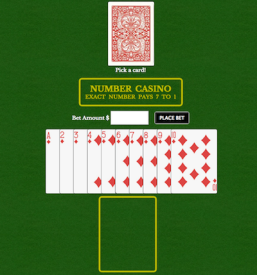I survived to tell the tale!
In my last post, there were two weeks left to go in the bootcamp. The final two weeks were super jam packed. In week 7 we had the employer speed dating event, where interested employers came by and talked to each student for 7 minutes.I went for a few interviews in the week following employer speed dating and accepted an offer in week 8 of Lighthouse. Unbelievable!
My advice to Lighthouse students would be to think about what can make you stand out from other students, whether it’s using previous work experience in a related field, or building a small portfolio of work. The simple pages I built before Lighthouse really helped show my passion for programming and ability to learn on my own.
So what am I doing now?
I’ve been working at Edvisor.io for 2 months now as a Junior Backend Developer. I work with node.js, loopback, and mysql. It has been fantastic! Working in backend feels a bit like solving math problems all day. (Which I like!) My team is super awesome and the past two months have really flown by.
The first day of work was pretty nerve-wrecking. I think I spent all day just trying to set up my machine! The first two weeks I remember going from error to error, then going home and trying to solve the problem. The next morning, I would say something along the lines of “I fixed THAT problem, but now I have a new one.” I think week 3 was when I started feeling more comfortable and productive.
Now I feel much more confident tackling new tasks in a sprint and feel like I am contributing to the team. There’s still so much to learn but I’m so grateful to everyone at Lighthouse Labs and Edvisor for believing in me and giving me this opportunity.
So glad that after contemplating Lighthouse Labs for more than half a year, I finally went for it!


